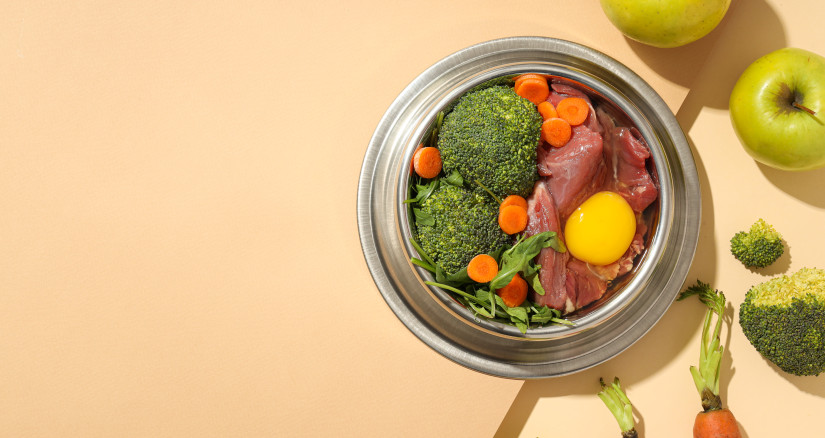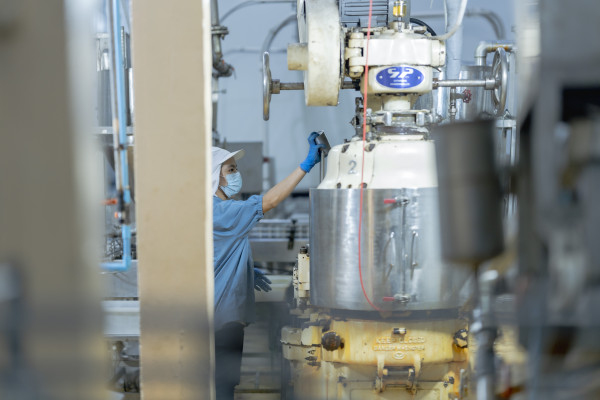
Will Increased Raw Pet Food Use Equal Better Food Safety Programs?
A recent survey asked approximately 1,500 independent pet food stores and retailers how much the raw pet food and gently cooked pet food categories make up of their total store sales. Approximately 10% of the respondents said those two diet categories combined made up approximately half of their total pet food sales annually. However, approximately 40% of those same respondents said that both raw and gently cooked made up just over one-sixth of their total pet food purchases each year.
This survey conveys a couple of things—first, even in independent pet retail stores, kibble and canned pet food are still the top-selling diet formats. Clearly, the majority of independent pet retailers still rely on the industry’s two most widely used formats. But this data also demonstrates that when combined, raw and gently cooked pet food are significant players in the independent pet food space and should always be considered when evaluating this sales channel.
Interestingly, when independent pet food store employees were asked to compare sales of raw vs. gently cooked diet formats, frozen raw diets outsold gently cooked diets 4:1. This tells us that even though both of these alternative diet formats are very popular in the independent pet food channel, frozen raw outsells gently cooked by far.

Photo by NomadSoul1
Bring On The Heat
Consumer preferences for raw diets are interesting for those of us who have followed the trends of raw pet foods recently implicated in pets’ illnesses. Researchers and experts in the pet food industry, including those at BSM Partners, have closely examined these reports associating raw diets with avian influenza and made recommendations for pet parents and pet food companies based on risk mitigation and robust food safety plans to help mitigate risk. As a result of these recent outbreaks, the Food and Drug Administration’s Center for Veterinary Medicine (FDA-CVM) has even required pet food manufacturers to account for the risk of avian influenza in their food safety plans, similar to how other disease-causing organisms are required to be accounted for.
Much has been studied and researched about processing pet food to control disease-causing organisms or pathogens. We know definitively that thermal processes which heat food to a minimum of 165°F (74°C) are generally considered safe to feed to pets, provided the food is handled safely after the “cooking” process to avoid post-cooking contamination. However, the pet food industry offers other products such as the raw and gently cooked diets previously mentioned.
True frozen raw diets do not undergo any cooking process because they are as described: “raw.” Gently cooked pet food is more loosely defined as there is no actual regulatory definition for what is truly “gently cooked.” Brands marketing gently cooked pet food may heat the products to a minimum of 165°F, but since there is no actual requirement of being gently cooked, these brands’ food safety plan must include a processing requirement proven to mitigate pathogen risk.
Experts have evaluated alternative processes like thermal inactivation of pathogens, and many of these processes have shown promise in helping provide safe pet food. High-pressure pasteurization, acidification, and irradiation have all been used in the pet food industry and can help inactivate pathogens. However, there is no universal consensus in the scientific literature on the time or dosage (amount of pressure, radiation, or acidification) needed to safely inactivate all pathogens, such as Salmonella bacteria or avian influenza virus.

Photo by ultramansk
Your Risk Mitigation Partner
Pet food companies that use manufacturing processes other than proven thermal inactivation of pathogens should be contributing to the research needed to identify the definitive inactivation parameters of all of their specific manufacturing processes, particularly because they are relied upon to deliver safe pet food to their customers. Until each specific process can be definitively validated for all possible pathogens, there will always be an unnecessary risk to our furry friends.
Researchers and experts in pet food formulation, processing and quality assurance such as those at BSM Partners can design, implement and interpret this necessary food safety research. But as with all research, there has to be supporting funding from private companies as well as government entities. Pet parents should hold the pet food brands they trust accountable for doing and funding the research necessary to prove their products are safe.
Follow us on LinkedIn for the latest updates on all things happening here at BSM Partners.
About the Author
Dr. Bradley Quest, DVM, is the Principal Veterinarian at BSM Partners. He has practiced clinical veterinary medicine, developed and tested hundreds of pet food and health products, performs extensive animal health research, and helps navigate pet food ingredient approval for clients.
This content is the property of BSM Partners. Reproduction or retransmission or repurposing of any portion of this content is expressly prohibited without the approval of BSM Partners and is governed by the terms and conditions explained here.